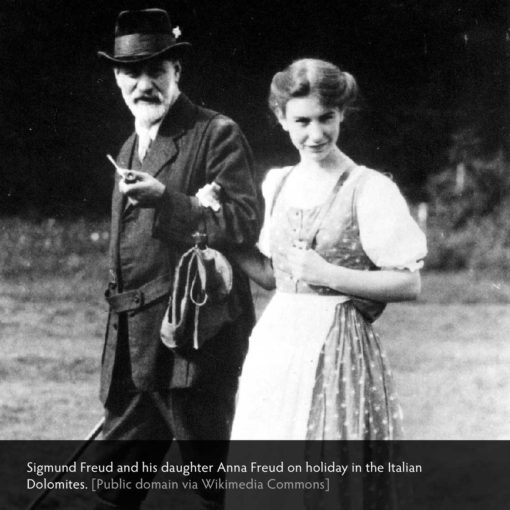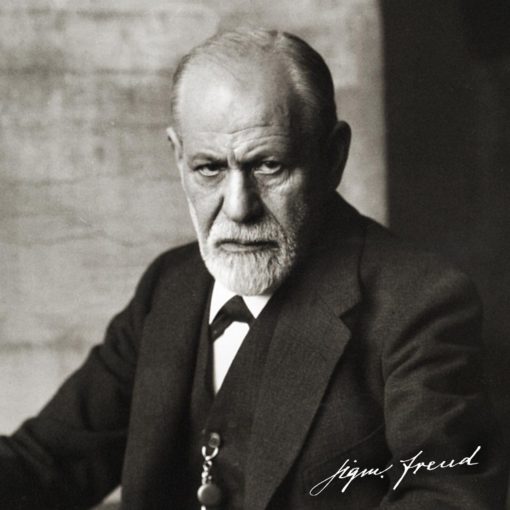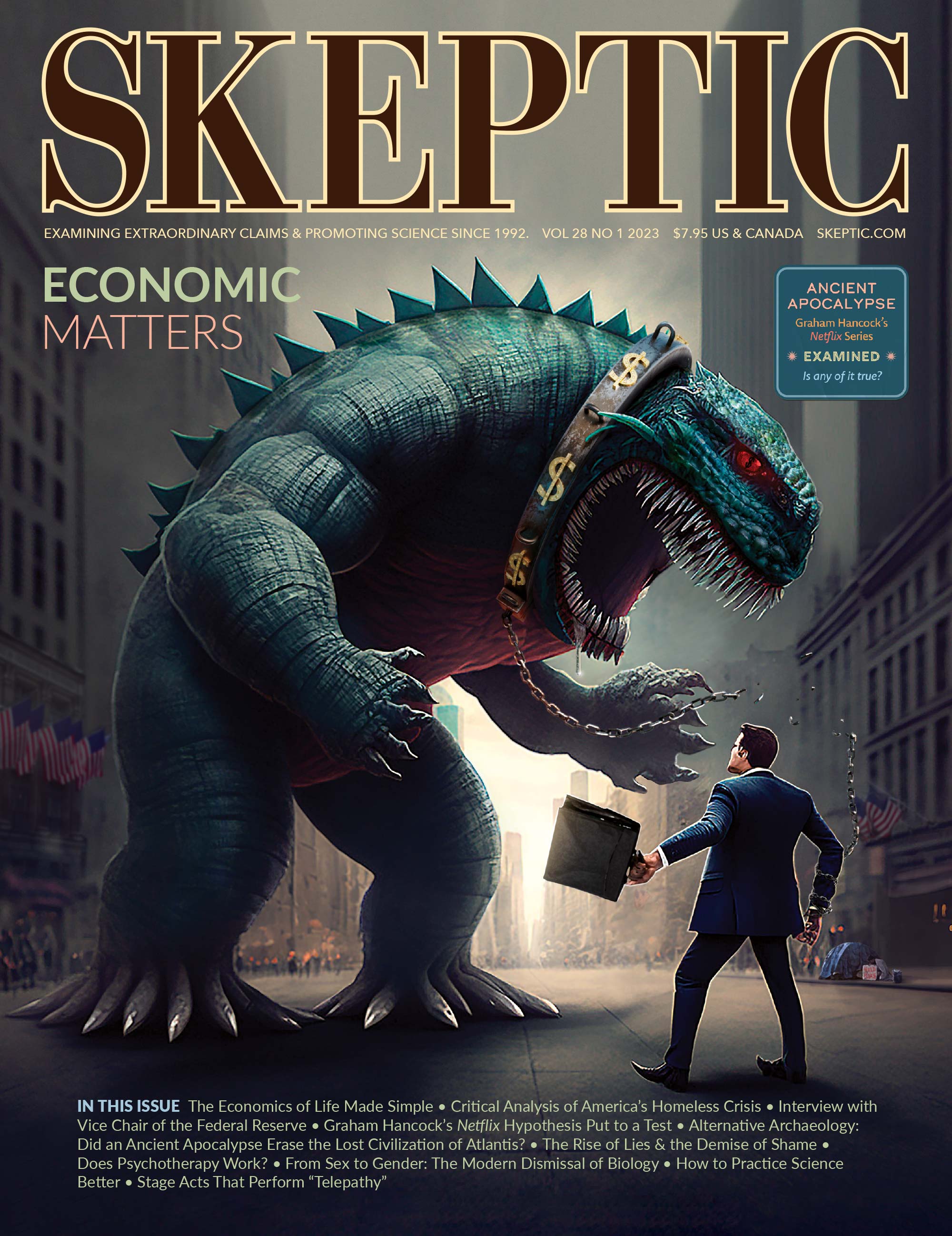Sigmund Freud

How does the brain — a three-pound gelatinous mass — give rise to intelligence and conscious experience? Was Freud right that we are all plagued by forbidden sexual desires? What is the function of emotions such as disgust, gratitude, and shame? Renowned psychologist Paul Bloom answers these questions and many more in this conversation based on his riveting new book about the science of the mind: Psych.
Today, August 18, marks the 100th anniversary of the adoption of the 19th Amendment to the Constitution of the United States, guaranteeing women the right to vote. We honor that momentous event with an excerpt adapted from the chapter on women’s rights in Dr. Shermer’s 2015 book The Moral Arc. PLUS: in Science Salon # 129, Michael Shermer speaks with Mona Sue Weissmark about her book The Science of Diversity which uses a multidisciplinary approach to excavate the theories, principles,…

In Science Salon # 129, Michael Shermer speaks with Mona Sue Weissmark about her book The Science of Diversity which uses a multidisciplinary approach to excavate the theories, principles, and paradigms that illuminate our understanding of the issues surrounding human diversity, social equality, and justice.

Raymond Barglow discusses how the psychoanalytic tradition inaugurated by Sigmund Freud casts light on the mainsprings of human motivation and helps to explain human irrationality and encourage recovery.
In this week’s eSkeptic, Raymond Barglow discusses how the psychoanalytic tradition inaugurated by Sigmund Freud casts light on the mainsprings of human motivation and helps to explain human irrationality and encourage recovery.

In this week’s eSkeptic, Margret Schaefer reviews Freud: The Making of an Illusion, in which its author, Frederick Crews, convincingly argues that Freud constructed psychoanalysis on a fraudulent foundation. How did Freud convince so many people of the correctness and the profundity of his theory?

Margret Schaefer reviews Freud: The Making of an Illusion, in which its author, Frederick Crews, convincingly argues that Freud constructed psychoanalysis on a fraudulent foundation. How did Freud convince so many people of the correctness and the profundity of his theory?
In this week’s eSkeptic, Richard Morrock discusses psychoanalyst Wilhelm Reich’s development of pseudoscientific psychotherapy, sensational claims and extreme theories. This article appeared in Skeptic magazine, volume 2, number 3 (1994). This is a follow-up article to Epigones of Orgonomy, which appeared two weeks ago in eSkeptic.












